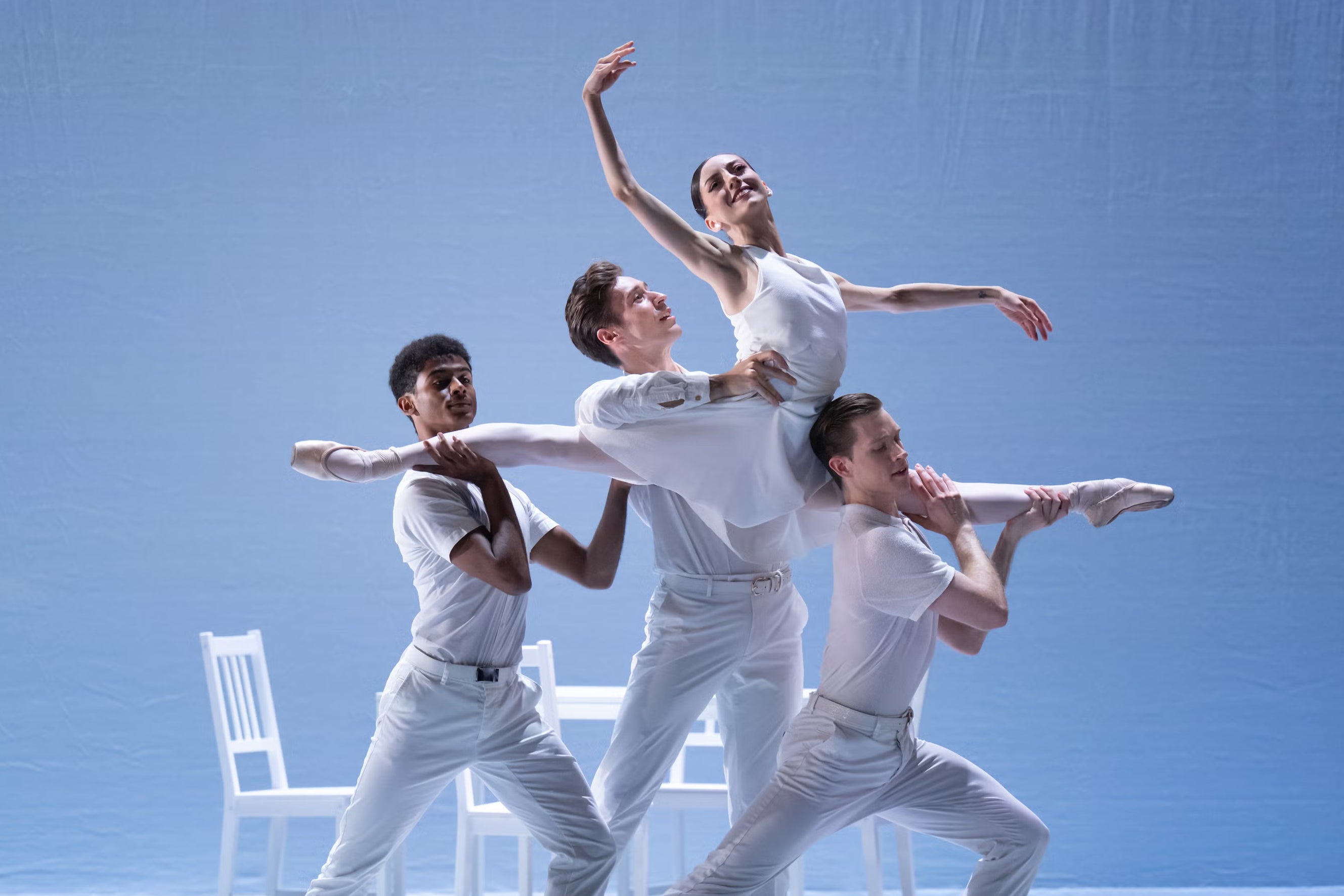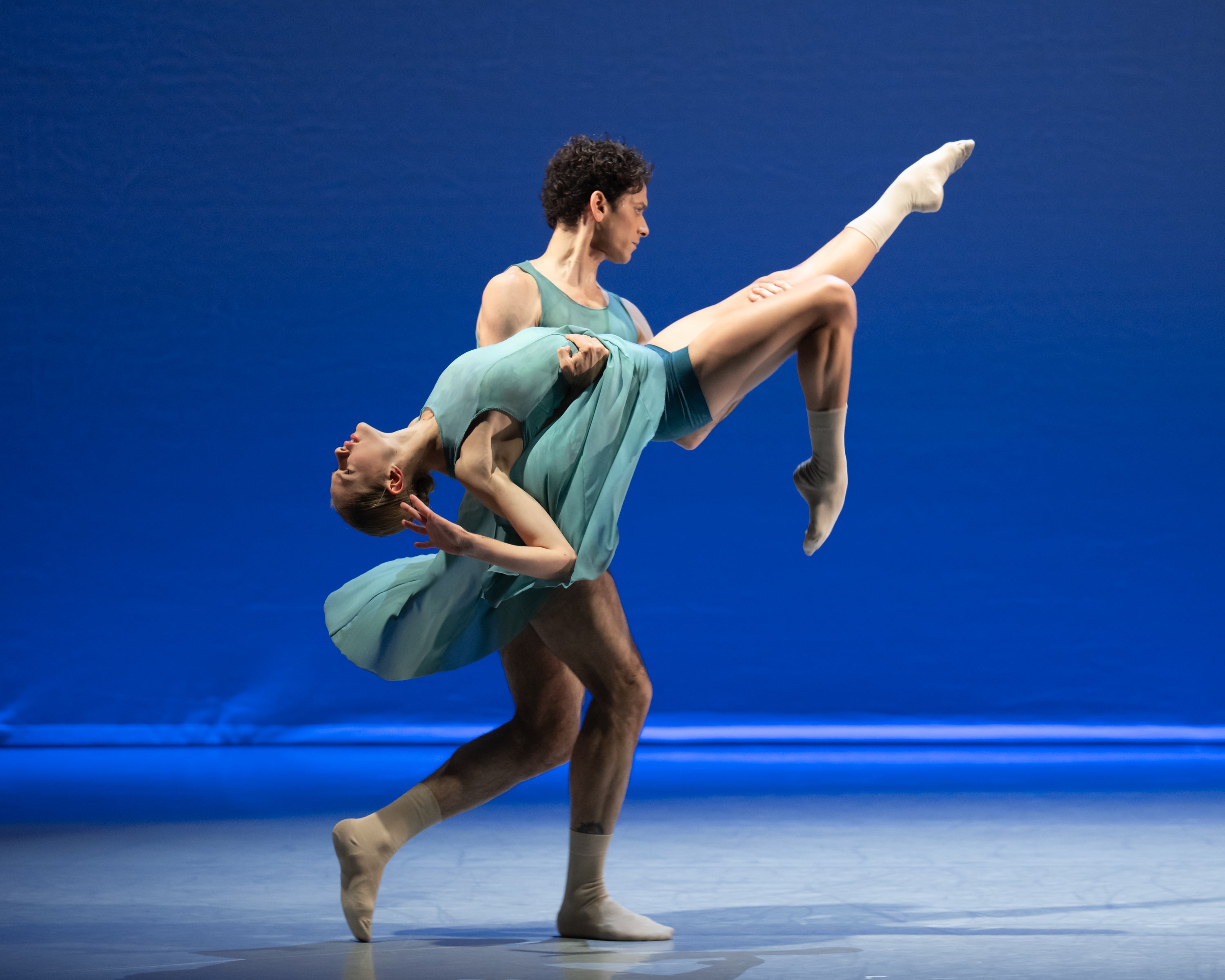London City Ballet, Resurgence review: A polished return after 30 years – now time to find the fire
After three decades, the London City Ballet company – once supported by Princess Diana – is making a comeback to try and give touring ballet a boost. It’s a promising idea, but this premiere shows there is still room to grow

It’s one thing for a dancer to come out of retirement, but something else to see a whole company spring back into the spotlight. Revived after 30 years, London City Ballet made a polished comeback. It’s an appealing company, but as a returning phoenix, it could do with more fire.
First time around, London City Ballet was a valiant small touring company, reaching parts of the UK that bigger troupes missed. (As an introductory video reminds us, Diana, Princess of Wales was a strong supporter.) New artistic director Christopher Marney, who saw and loved it then, wants to recreate that spirit – and to fill a gap in the market, even as many arts companies are touring less.
Resurgence, its first programme, is designed for mid-scale stages, led by a rarity from Kenneth MacMillan. Created in 1972 and not seen since, Ballade is a summery idyll for guest ballerina Alina Cojocaru and three men.
It opens with the four in a line, backs to the audience. Cojocaru and Alejandro Virelles reach behind the others to brush fingers. It’s a lovely image: flirty, tentative but going somewhere. The piece that follows has less focus; though Joseph Taylor and Nicholas Vavrečka both push for her attention, the ending is never in doubt.
Created in 1993, Ashley Page’s Larina Waltz makes a bright, classical opening number, sending five couples whirling and dipping to Tchaikovsky. The dancers show an assured sense of style, with colour and individuality to their solos. Similarly, Isadora Bless and Taylor are lucid in the duet from MacMillan’s Concerto, bringing out the meditative qualities of this serene dance.
Arielle Smith’s new Five Dances is a bouncy company number. Designer Emily Noble dresses men and women in bright, asymmetrical tunic dresses, while Smith sends them skittering and swooping to music by John Adams. Arthur Wille stands out in an explosive solo, full of changes of direction and giddy slides.

Marney’s own Eve ends the evening with a dramatic confrontation between Cira Robinson’s heroine and Álvao Madrigal’s coiling serpent. Robinson, best known for her work with Ballet Black, shows us Eve’s curiosity and resolve. But comparison with Ballet Black, a superbly gutsy midscale touring company, underlines where the new London City Ballet needs to grow. It has polish and camaraderie, but needs a fiercer sense of identity, and sense of where it wants to take ballet in the 21st century.
Until 14 September; sadlerswells.com
Join our commenting forum
Join thought-provoking conversations, follow other Independent readers and see their replies
Comments
Bookmark popover
Removed from bookmarks